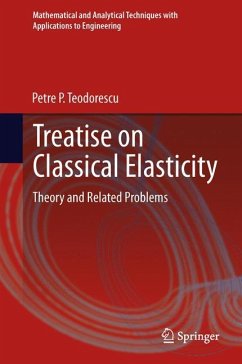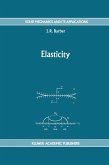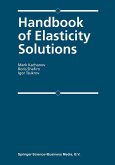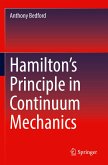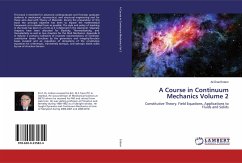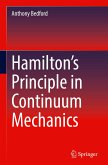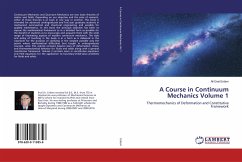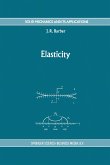Covering classical elasticity theory in an encyclopaedic fashion, this work has been written by one of the world's leading authorities in the field and reflects the particularly complex character of deformable solids, where computer modeling is rarely simple.
Deformable solids have a particularly complex character; mathematical modeling is not always simple and often leads to inextricable difficulties of computation. One of the simplest mathematical models and, at the same time, the most used model, is that of the elastic body - especially the linear one. But, notwithstanding its simplicity, even this model of a real body may lead to great difficulties of computation.
The practical importance of a work about the theory of elasticity, which is also an introduction to the mechanics of deformable solids, consists of the use of scientific methods of computation in a domain in which simplified methods are still used.
This treatise takes into account the consideration made above, with special attention to the theoretical study of the state of strain and stress of a deformable solid. The book draws on the known specialized literature, as well as the original results of the author and his 50+ years experience as Professor ofMechanics and Elasticity at the University of Bucharest. The construction of mathematical models is made by treating geometry and kinematics of deformation, mechanics of stresses and constitutive laws. Elastic, plastic and viscous properties are thus put in evidence and the corresponding theories are developed. Space problems are treated and various particular cases are taken into consideration. New solutions for boundary value problems of finite and infinite domains are given and a general theory of concentrated loads is built. Anisotropic and non-homogeneous bodies are studied as well. Cosserat type bodies are also modeled. The connection with thermal and viscous phenomena will be considered too.
Audience: researchers in applied mathematics, mechanical and civil engineering.
Deformable solids have a particularly complex character; mathematical modeling is not always simple and often leads to inextricable difficulties of computation. One of the simplest mathematical models and, at the same time, the most used model, is that of the elastic body - especially the linear one. But, notwithstanding its simplicity, even this model of a real body may lead to great difficulties of computation.
The practical importance of a work about the theory of elasticity, which is also an introduction to the mechanics of deformable solids, consists of the use of scientific methods of computation in a domain in which simplified methods are still used.
This treatise takes into account the consideration made above, with special attention to the theoretical study of the state of strain and stress of a deformable solid. The book draws on the known specialized literature, as well as the original results of the author and his 50+ years experience as Professor ofMechanics and Elasticity at the University of Bucharest. The construction of mathematical models is made by treating geometry and kinematics of deformation, mechanics of stresses and constitutive laws. Elastic, plastic and viscous properties are thus put in evidence and the corresponding theories are developed. Space problems are treated and various particular cases are taken into consideration. New solutions for boundary value problems of finite and infinite domains are given and a general theory of concentrated loads is built. Anisotropic and non-homogeneous bodies are studied as well. Cosserat type bodies are also modeled. The connection with thermal and viscous phenomena will be considered too.
Audience: researchers in applied mathematics, mechanical and civil engineering.
From the reviews:
"The book contains 16 chapters, 18 references, 4 appendices, a subject index and an author index. It is well-known that the theory of elasticity is an introduction to the mechanics of deformable solids, and this justifies a deep consideration of the classical elasticity undertaken in this book. ... The book includes many elaborated problems and can be of interest to mathematicians, physicists, engineers and students." (Elena Gavrilova, zbMATH, Vol. 1276, 2014)
"The book contains 16 chapters, 18 references, 4 appendices, a subject index and an author index. It is well-known that the theory of elasticity is an introduction to the mechanics of deformable solids, and this justifies a deep consideration of the classical elasticity undertaken in this book. ... The book includes many elaborated problems and can be of interest to mathematicians, physicists, engineers and students." (Elena Gavrilova, zbMATH, Vol. 1276, 2014)

